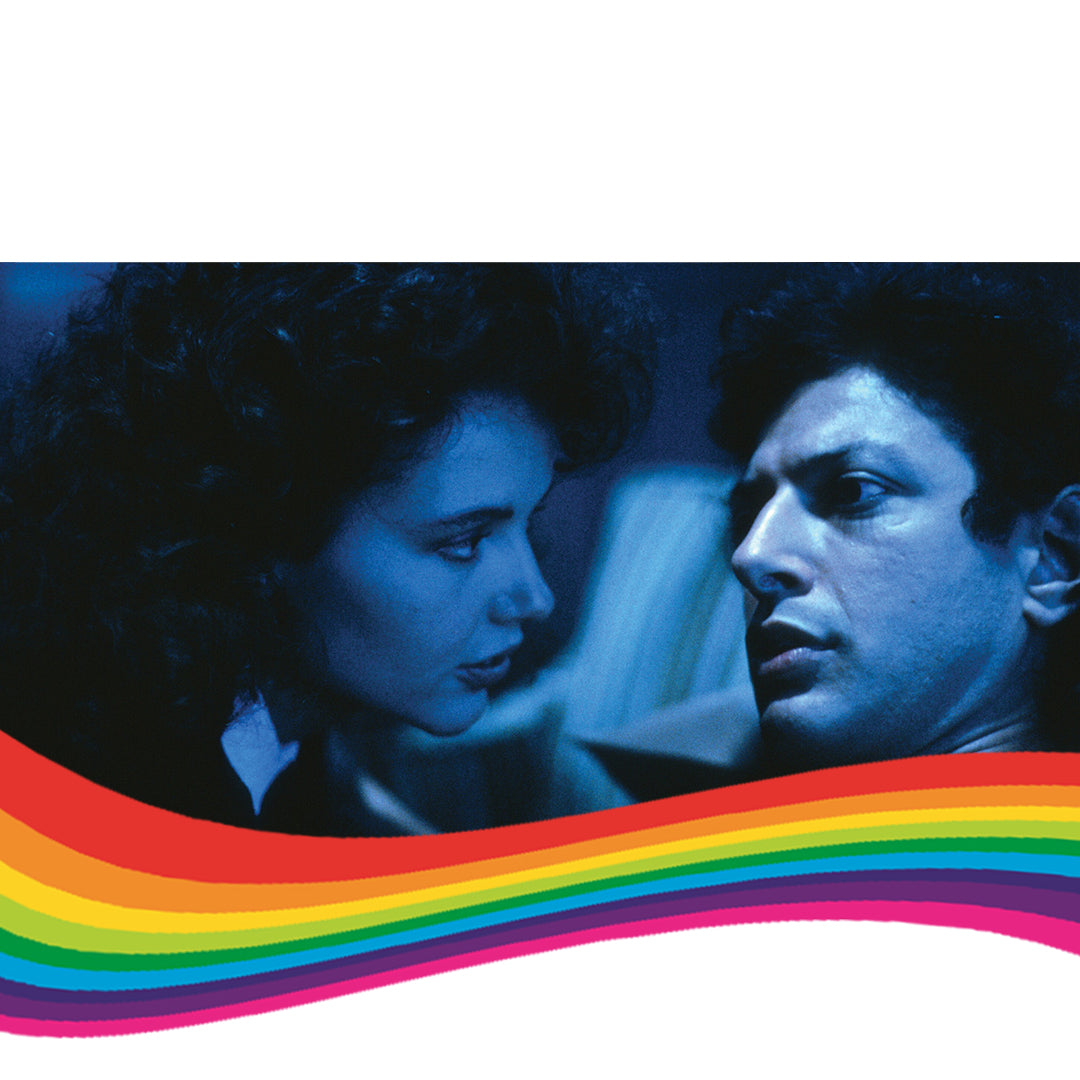
5 Of Our Favourite Monster Movies
With Godzilla X Kong: The New Empire closing its third week topping the box office chart and climbing up the ladder of highest-grossing films of 2024 worldwide, it made us think of other films helmed by un-earthly or otherwise imposing giants.
In the interest of making this an interesting read, we will be omitting some of the more obvious choices like Alien, The Thing, Jurassic Park, and any of the entries in the King Kong or Godzilla franchises. So, with that said, here are six of our favourite monster movies:
Onibaba

Onibaba is one of Kaneto Shindo’s two famed horror movies from the 60s, with the other being Kuroneko. Onibaba follows a mother and daughter-in-law whose son and husband respectively has gone off to fight in a civil war during the film’s medieval Japan setting. Leaving the women to fend for themselves in the wilderness that they have been left in, which they do by murdering soldiers, pillaging and selling their findings for food and money. As the daughter sneaks out in the night to do the dirty with a neighbouring man, she is stopped in her tracks by a hannya-mask-wearing “demon.”
Whilst Onibaba is a little more nuanced and not as extravagant as some of its monster movie counterparts, what Shindo excels in with Onibaba is atmosphere. The sounds of the wind howling and the tall grass rustling, and the “monster’s” appearance aided by the rumbling of taiko drums create a chilling ambiance that is dramatic, powerful, and visually striking.
The Creature from the Black Lagoon

A lot like Kong, the “monster”, in this instance the amphibious humanoid Gill-man, is really just a misunderstood romantic. As King Kong became enamoured with struggling actress Ann Darrow and attempted to show his affections for her through violence and other generally questionable (by human standards at least) actions, Gill-man becomes enamoured with scientist Kay Lawrence. The subject of an expedition as a group of geologists attempt to understand how evidence of this mysterious fish-man might link land and sea animals, Gill-man becomes frightened of all the scary humans that suddenly surround him, resulting in fatal circumstances.
Gill-man is one of the most influential movie monsters of all time with multiple appearances in other movies, TV, a stage adaptation, as well as a reimagining by Guillermo del Toro in his Best-Picture-winning The Shape of Water. Despite all that, Gill-man has appeared in the least media of all of the Universal Monsters. Director Jack Arnold would go on to direct a sequel, and another following it was directed by John Sherwood in his directorial debut. A modern remake was planned for Universal’s Dark Universe but, well, we all know how that went (dammit Tom Cruise, you incredible man with your awesome running!). We’re unsure if the film will still go ahead.
It Follows

It Follows by director David Robert Mithcell isn’t your typical “monster movie” in that it doesn’t feature a giant otherworldly creature, but it does feature an unknown entity stalking victims. It’s not a ghost, a zombie, or any other supernatural being that would land it in those genres, and so it can ultimately count as a monster movie. It Follows is a unique take on the horror genre- with its subject a metaphor for a real-life kind of monster- there are multiple theories as to which one, with the most widely accepted the being sexually transmitted kind. It certainly makes sense, as this entity attaches itself to whoever is intimate with an “infected” person.
It’s also been said that its idea was conjured up as a tap into that nightmare that most of us had had where you’re being followed and can’t escape it no matter where you go or how fast you run. It could also be a metaphor for our morality and inevitable doom. In It Follows, the entity never stops walking towards the victims- and perhaps what is even more menacing is that it’s in no rush. The slow, relentless beeline towards you with a blank expression is truly terrifying, especially considering that you can’t always be sure who’s coming for you and who is simply a passerby.
Basket Case

This low-budget horror film came from the desires of director Frank Henenlotter and producer Edgar Ievins to make a feature film but not having the money to do so with a big studio. This resulted in a film that made use of puppetry, stop motion and first-time actors, with the majority of them never working in film again. Said monster spends the majority of the film either in a basket or mostly off-screen, with only its hands in view- which were the gloved hands of Henenlotter. Once the idea of a monster in a basket and exactly why there would be a monster in a basket, the film developed so rapidly that he was writing dialogue on napkins at a hot-dog stand.
Described by many as the perfect midnight movie, Basket Case follows Duane, a young man who carries his deformed formally conjoined twin Belial, whom he hides in well, a basket. The two brothers seek revenge on the doctors who carried out their unwanted separation. Basket Case is interesting as it makes you sympathise with both of its central characters in different ways- Belial for being abandoned by the outside world and filled with resentment and Duane for wanting to live a normal life away from his dependent brother. It isn’t without its humour though as upon the realisation however that his gore-filled horror film wasn’t turning out to be scary enough, Henenlotter leaned into the idea of making it darkly funny too, which was a great idea because, with its budget, it's difficult to not at least titter at some of the visuals here.
The Host

Before he took the film world by storm with his Best-Picture-winning social drama Parasite, Bong Joon-ho helmed The Host, a monster movie with a lot to say. A combination of horror, comedy and satire, The Host tackles themes of environmental neglect, the government’s questionable decisions and the media's role in spreading misinformation.
A more traditional monster movie a little more in the vein of Godzilla and Camera, The Host centers around a singular creature wreaking havoc an entire city. In this case, said monster is a seemingly indestructible giant mutated tadpole-looking creature with legs and teeth, and is the result of 200 bottles of formaldehyde being dumped into the Han River. This concept is inspired by a true story from 2000 where a South Korean mortician was ordered by the US military to dump a large amount of formaldehyde down the drain. This caused some antagonism towards the United States- and so the supposed anti-American themes of the film delighted even North Korean authorities!
Mainly following a father whose daughter is abducted by the giant tadpole (sounds pretty hilarious when you put it that way), The Host became South Korea's highest-grossing film of all time and broke Bong Joon-ho into superstardom on his home soil.
The Fly
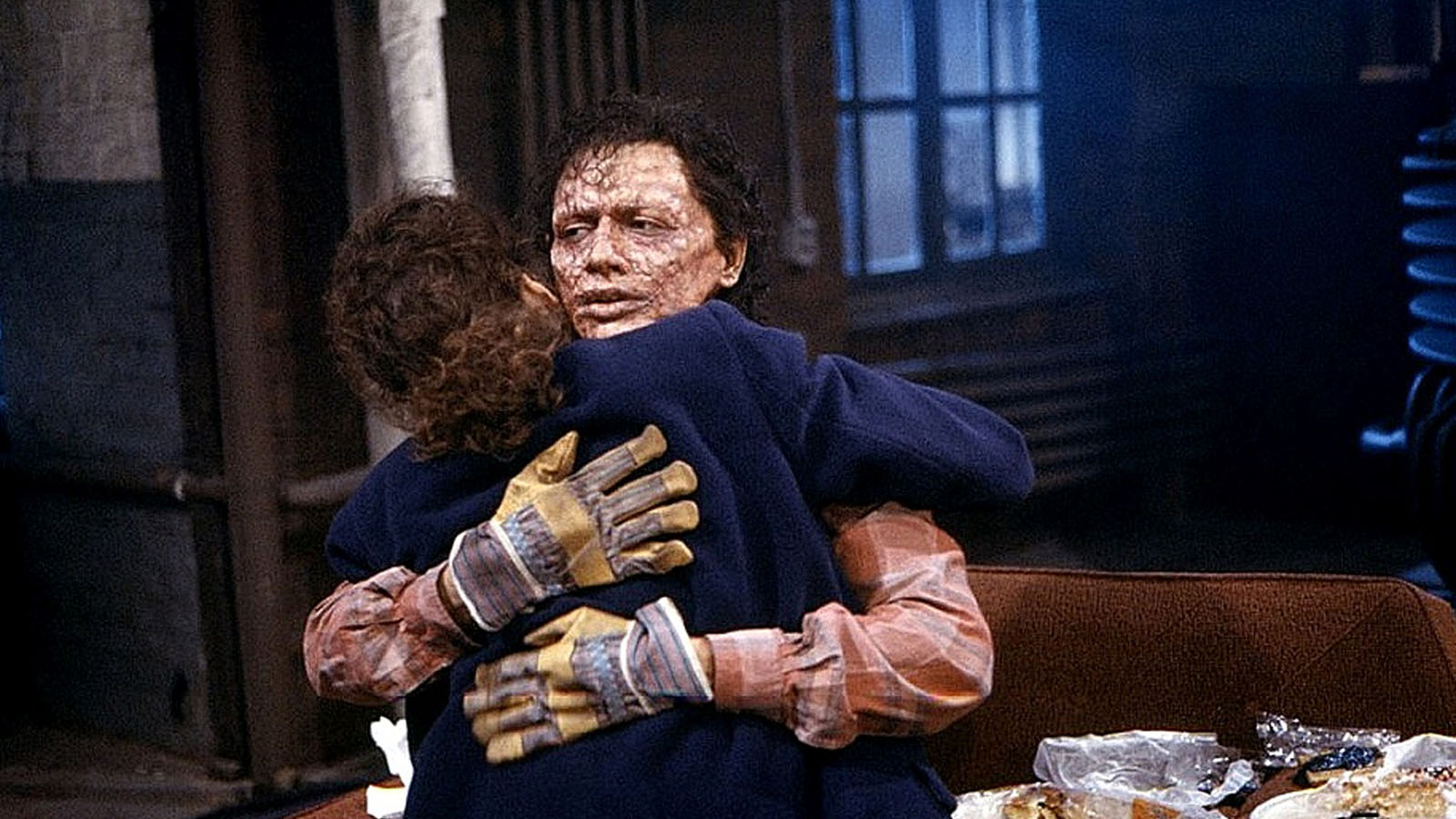
Is The Fly the ultimate creature feature? Possibly, and what better person to lead that than the body-horror maestro David Corenenberg. A remake of the 1958 film of the same name which is a great monster movie in its own right, Cronenberg brought his trademark affinity for gore and unnatural happenings to the human body to the story of a man who is genetically merged with a fly. Whilst the original film had more limitations in terms of special effects, its more straightforward approach to the fly-man was deliciously horrifying for its time and still holds up today.
Cronnenberg opted for a far more slow-burn approach to the transformation than the original, with it not being fully realised until the closing minutes. Intended to be a filmic metaphor for disease, terminal conditions and the much more universal conditions of aging and death, The Fly takes on a tragic quality- along with a touching romance. The two characters, played by Jeff Goldblum and Geena Davis are both trying to deal with and get through this thing that is affecting them both individually and as a couple, and that’s something that is relatable to many, genetically modified partner or not. The film also famed the phrase “Be afraid… be very afraid…”

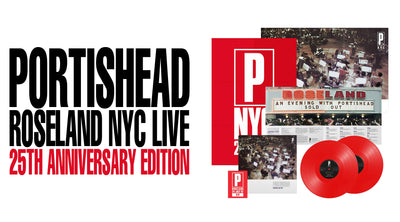
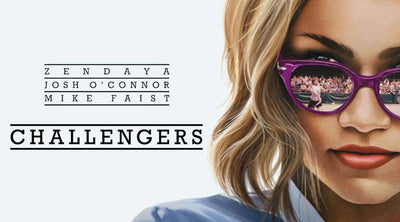
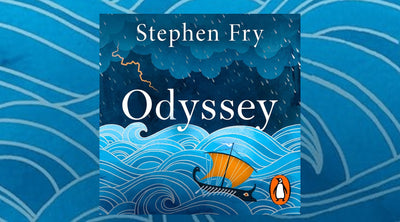

Leave a comment